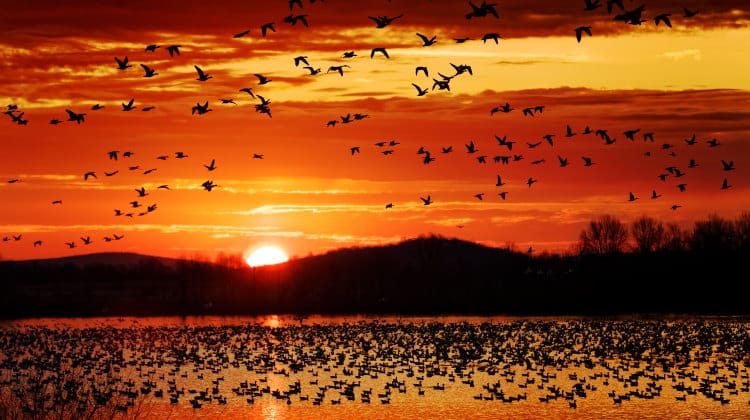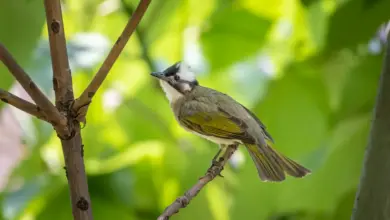Muscovy Duck Caruncles: Why Do Muscovy Ducks Have Bumps on Their Faces
Muscovy Duck Caruncles
Known as the ugliest ducks, the big splotches on a muscovies face can be quite unappealing. But why do muscovy ducks have bumps on their faces? I will explain below.
The caruncles on a muscovy duck’s face can make these birds seem ferocious.
But what exactly are these wart-like features?
Why don’t other ducks have them?
And do all muscovies carry these warts?
Let’s take a look.

What is a Muscovy Duck?
Before we go any further, let’s first preface things with some basic information.
The muscovy duck is a large, quiet duck species with strong claws and a wattled face.
They are among the common domestic duck breeds kept as poultry.
They produce a lot of low-fat meat.
It is believed that the wild ducks are originally from South America.
They spread out during the 16th century due to propagation by Spaniards.
In fact, today they are considered an invasive species in many states.
Among domestic ducks, male muscovies are more aggressive than some other ducks.
Mother ducks can also be aggressive if they are protecting their younglings.
What is a Caruncle, And Why Do Some Birds Have It?
A caruncle is a type of fleshy growth that happens to occur on the face, beak, or neck of some birds.
Caruncles often have bright colors that form a part of the mating ritual of birds that possess them.
Caruncles can be present around the eyes and beak – as is the case with muscovy ducks.

They can also be attached to the ceres – as seen in king vultures, or cover their head and necks – as seen in turkeys.
We don’t know the exact usage of caruncles as a part of a bird’s anatomy.
So far, it seems like an ornamental extension that mostly helps birds attract mates.
In the case of turkeys, the caruncles can be erect or non-erect, signifying the bird’s mood.
Caruncles also possess oil glands which can help a bird to preen – I will discuss more on this later.
In the case of muscovies, the presence of caruncles helps distinguish male and female muscovy ducks.
It is more prominent and fleshy for the former.
The species exhibits sexual dimorphism, and males are usually two times the size of females.
Males are seasonally monogamous and do not engage in the incubation of the eggs or raising of the ducklings.
It is also believed that the thick, featherless skin over the caruncles helps give structure and protect softer sections of the face.
Some birds can have a smattering of fuzzy feathers on their caruncles.
Why Do Muscovy Ducks Have Bulges on Their Faces?
As I mentioned above, Muscovy ducks have heavy, fleshy wattles on their flesh.
The caruncles are bright red in color and are present around their eyes and on top of their beak.
Sure, they are great for helping distinguish the drakes from the ducks.
But what use are they to the muscovies themselves?

First of all, know that young ducklings do not have caruncles.
It starts growing as they hit puberty and eventually replaces the whitish feathers on their face.
So does that suggest some relation to sexual maturity?
It could be. But there could be other benefits too.
For example, muscovies often wiggle their beaks in the mud.
The featherless caruncles help to keep their face clean.
As mentioned earlier, the caruncles also possess oil glands.
These glands produce oil which the duck applies on its feathers while preening.
This makes its feathers oilproof for when it enters the water.
Coming back to the point about sexual maturity. Well, we were right.
During mating season, the caruncles take on a brighter color and sheen, which helps males attract females.
Do All Muscovy Ducks Have Caruncles?
Both male and female muscovies have caruncles.
However, the amount, color, and spread may vary. Let’s see how:
Do Baby Muscovies Have Caruncles?
Baby muscovies do not have caruncles, as I said just above.
Instead, ducklings have whitish feathers covering their head and beak region.
They’re pretty cute, too.
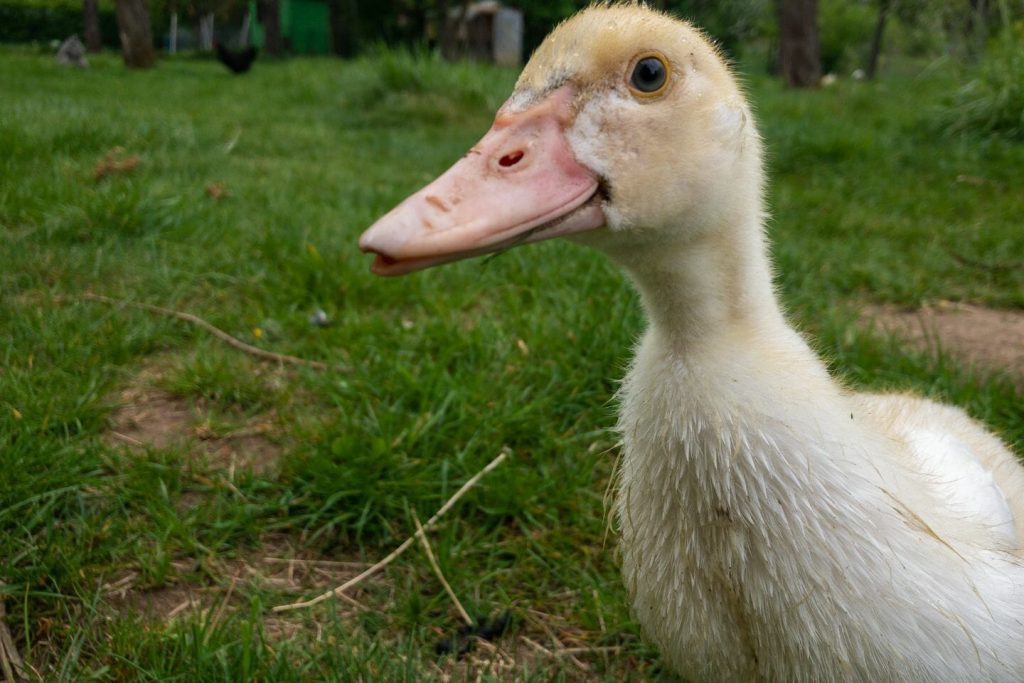
As they hit puberty, they start growing caruncles.
Males develop caruncles earlier than females. After all, they need to flash them around.
Their caruncles will grow to be much larger in size as well.
Do Female Muscovies Have Caruncles?
Females may or may not have caruncles.
This varies from female to female.
Usually, they will have some amount of caruncles, but it is much lesser than what males possess.
This is actually one of the primary ways of distinguishing between them.
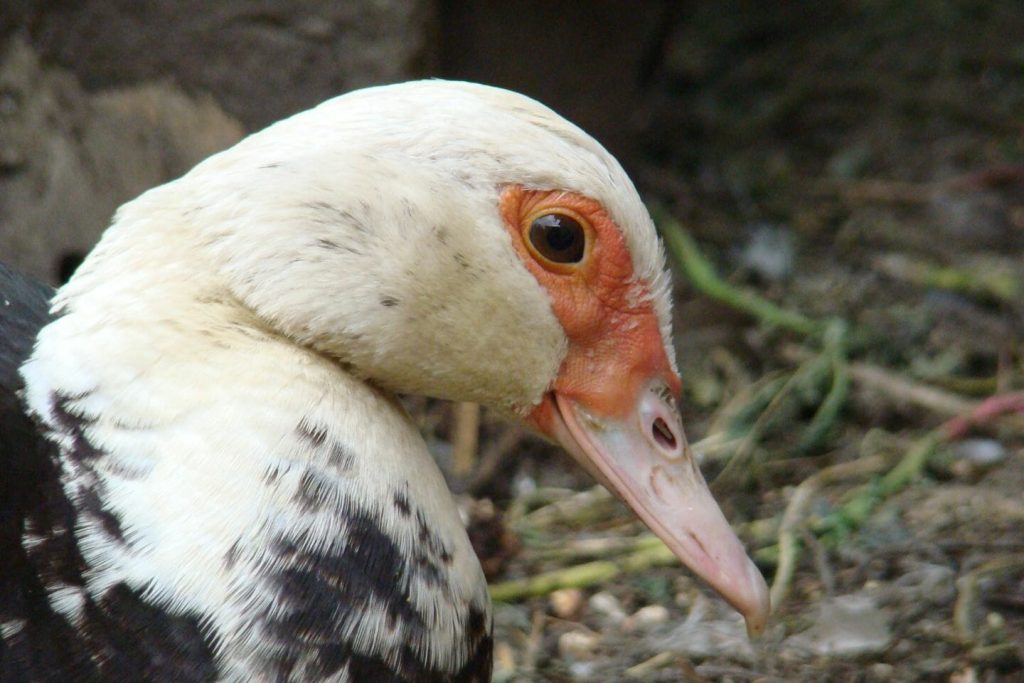
Do Wild Muscovy Ducks Have Caruncles?
Yes, all muscovy ducks, including wild populations, have caruncles.
It is an easy way to distinguish a muscovy duck from other breeds.
The exception is the Mule ducks.
When crossbred with a regular Pekin duck, we get a mule duck or Mullard.
These can also can have caruncles (but much fewer than that muscovies).
Do Feral Muscovies Have Caruncles?
Feral populations do have pronounced caruncles.
In most cases, females will also possess some caruncles.
This can help detect a feral female from a domesticated one.
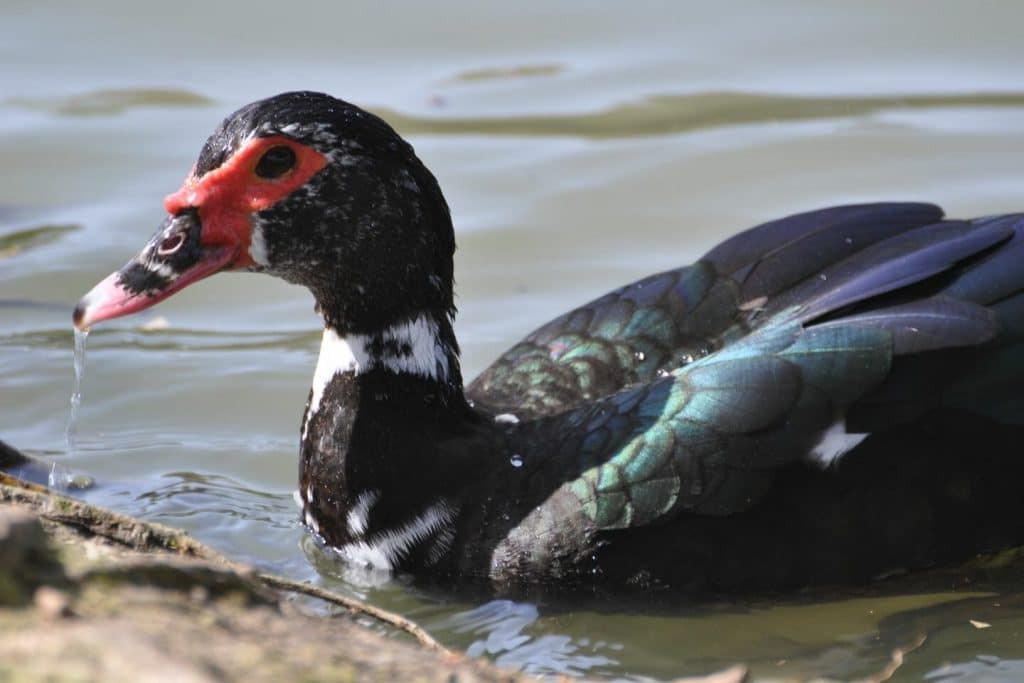
Do Caruncles Reduce With Age?
Caruncles increase in size and spread out with age but do not reduce.
Rather, they develop from puberty onwards till some time after sexual maturity.
Generally, these birds are sexually mature at around 27 weeks of age.
You might notice caruncles growing from as early as 15 weeks of age and a bit later for females.
For older males, the caruncles will become especially thick and turn into a ‘face mask’ that helps them preen.
Frequently Asked Questions
What is on a Muscovy ducks face?
It is a unique and distinguishing feature that sets them apart from other waterfowl.
Additionally, Muscovy ducks have an unfeathered fleshy area around their bill.
In males, this “carpal” can also be red or black in color, while females tend to show more yellow tones in this area.
Muscovy ducks also tend to display several other distinctive facial features compared to other duck species.
Most notably, they have large and fleshy orange-red colored spots at the base of their bill.
Why do Muscovy ducks bob their heads?
This behavior is meant to denote interest in another duck.
It is often seen in pairs before mating season.
By bobbing their heads, they are trying to create a connection with the other duck.
It shows that they are interested in forming a bond.
This interaction may also serve as a display of dominance or aggressiveness towards other males of the same species.
Do female Muscovy ducks have caruncles?
They are usually smaller and less pronounced than males.
The shade of color of the caruncles is more pinkish than red.
This is another thing that distinguishes them from drakes.
Can you touch Muscovy ducks?
However, it’s important to remember that they can be aggressive.
So it is wise to approach them cautiously.
Furthermore, you should always wash your hands after touching them.
They may carry certain bacteria or parasites that can cause illness in humans.
Muscovies are usually gentle, but if they perceive a threat, they can be aggressive too.
Wrap Up
Caruncles are a measure of manliness in muscovy ducks (much like the mustaches of yore!).
Males who have larger and brighter caruncles are often favored by females.
It indicates that the bird has strong genes and is on a good diet.
This is common across other species as well, such as turkeys.
Apart from this, the evolutionary purpose of the caruncle is not yet known.
Is it essential for a bird’s survival?
Does it perform any life-saving activity we haven’t discovered yet?
There’s no way to know for now.
I hope you liked the information – thank you for reading.


